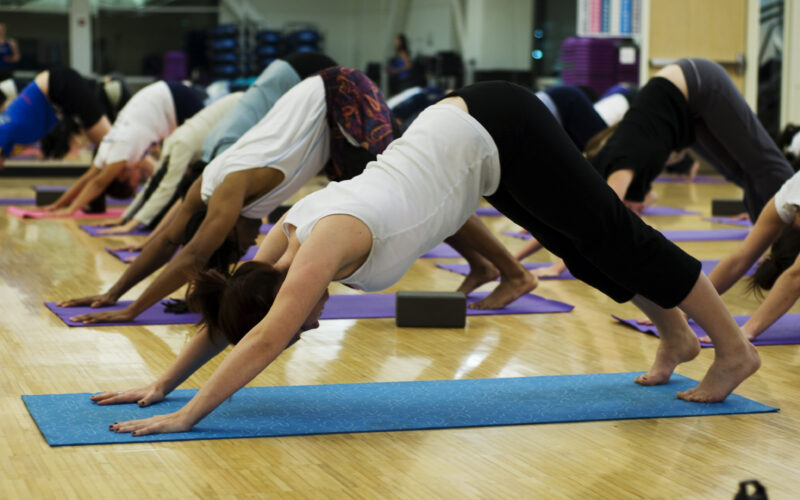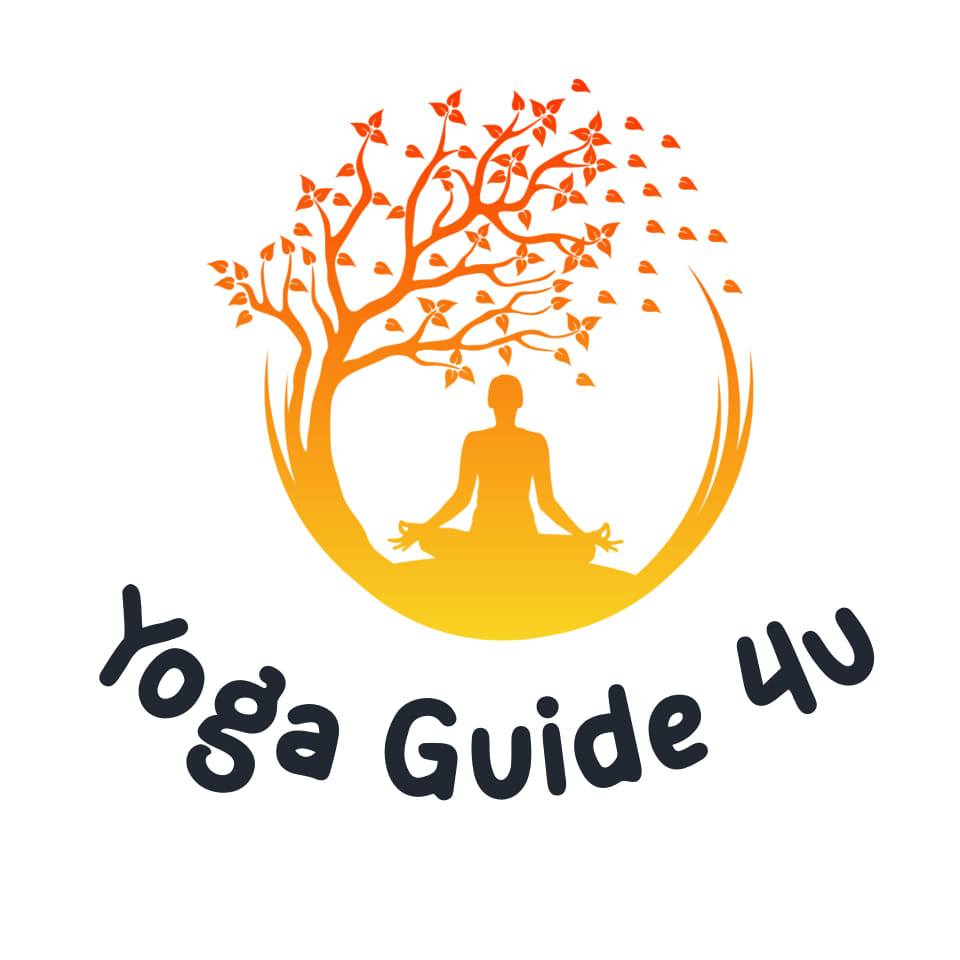Common Types Of Yoga – What Is The Difference

Common Types Of Yoga – What Is The Difference
What is the difference between Common Types Of Yoga and the not so common yoga, nothing only one is practised on a wider scale than the other.
It is up to each individual and their preferences as to what form of exercise they choose to practice.
Some common types of yoga are performed by people for health reasons.
If starting out to practice yoga for the first time then be sure to find out what is best suited to your requirements.
Important factors that have to be addressed before any exercise is executed are your fitness levels.
Some of the most common types of yoga are Iyenga. This yoga is solely based on alignment and accurate movements.
When working out the Iyengar way props are used such as straps and blocks for beginners who are not as flexible as the experts in this field.
By using these yoga props it helps the beginner to relax and gives comfort, therefore, encouraging beneficial results.
Commonly known as power yoga – The Ashtanga.
The reason for this alias is because of the powerful movements that are involved.
The moves exercised include push-ups and lunges which help deal with strength and stamina.
What type of person practices this form of yoga? People involved with Ashtanga are looking for challenging moves.
You will find athletes – gymnasts and cyclists all from the fitness world have turned to this type of yoga to add more balance to their concentration to help them in their quest when going for gold.
Bikram Yoga :
known as hot yoga is where routines are carried out in a very warm room. This is an excellent way for increasing flexibility, heat can stretch body tissue.
Health matters like cardiovascular disease make this type of common yoga off-limits for a patient.
The reasons are because of the vigorous routines practiced in heat thus causing strain on the body.
A content mind denotes a content body and soul.
Raja Yoga
The type of Yoga that meets these needs of contentment is Raja Yoga: which implements liberation through meditation. Concentration is the key factor in this exercise
Bhakti commonly acknowledged as devotional yoga is where all participants focus on self-surrender.
Some yoga types may sound a little shocking in what is expected of you but never judge the book by the cover.
Why not try out an exercise for yourself.
The Mantra yoga: more known as the yoga of potent – targets liberation through mental or verbal repetition of noises and sounds.
Mental/physical anguish suffered by patients with stress-related disorders are looking to the world of yoga, why?
Because it is one of nature’s natural remedies for pain.
